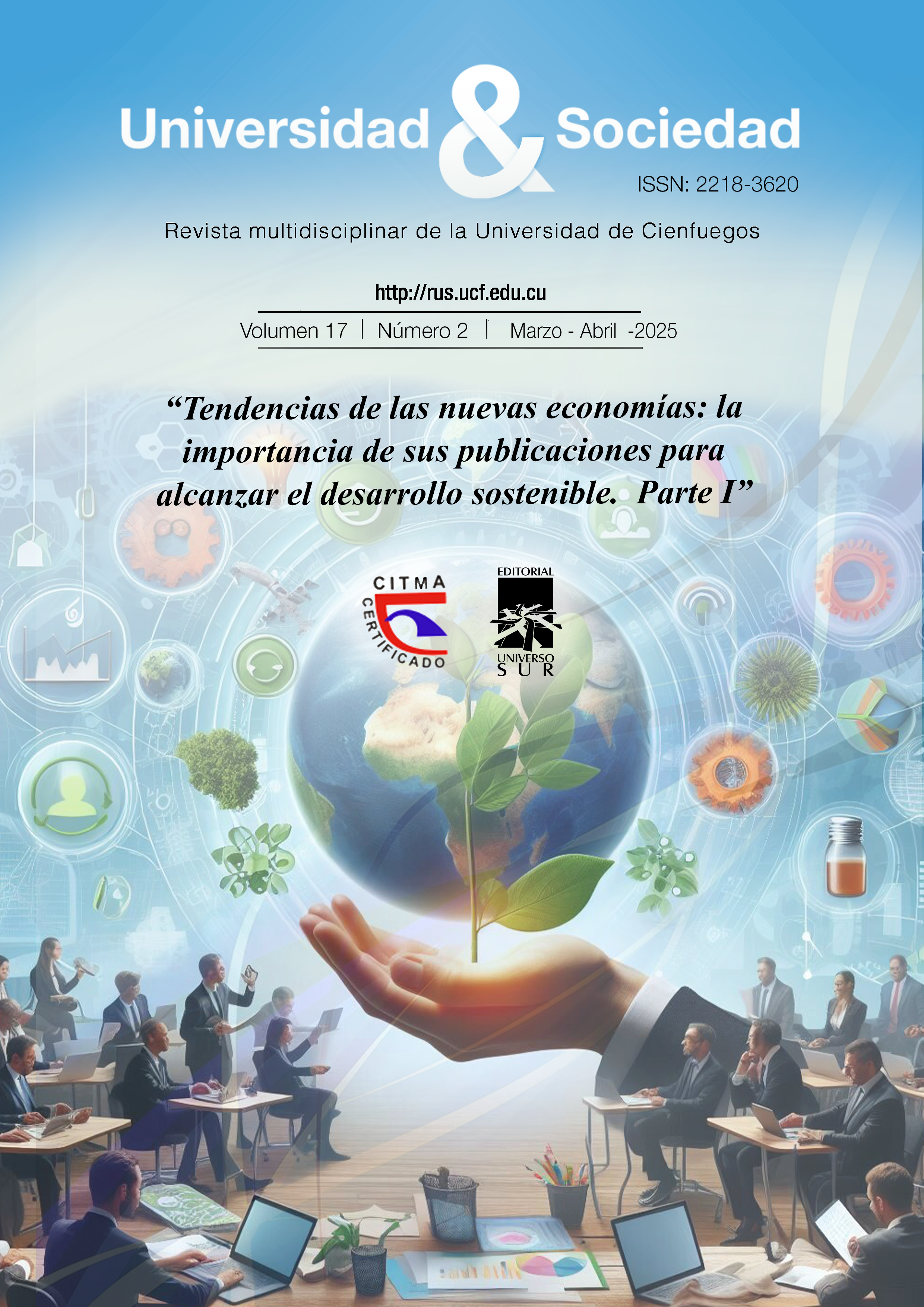Student perception on new indicators of quality, in the career of Telematic of the University of Guayaquil
Keywords:
Educational quality, Quality criteria, Curricular changes, Quality indicatorsAbstract
This study analyzes the impact of the implementation of new quality indicators on student perceptions of educational quality in the Telematics program at the University of Guayaquil. The general objective was to determine how the implementation of these indicators influences students' perceptions of their academic training. The research problem lies in the need to evaluate whether the changes implemented in the curriculum, teacher-student interaction, access to technological resources, and job placement improve the perception of educational quality. The methodology used was a quantitative approach, with a quasi-experimental design and structural equation modeling (SEM) to analyze the relationship between variables. The results show that the implementation of quality has a positive and significant relationship with student perceptions (β = 0.62, p < 0.001). Access to technological resources (β = 0.922) and the relevance of academic content (β = 0.809) were the most influential factors. However, the correlation between the latent variables was low (0.12), suggesting the existence of moderating factors. It is concluded that the implementation of quality improvement improves student perceptions, but its impact is uneven, recommending the inclusion of additional variables such as teacher satisfaction and innovative methodologies.
Downloads
Published
How to Cite
Issue
Section
License
Copyright (c) 2025 Editorial "Universo Sur"

This work is licensed under a Creative Commons Attribution-NonCommercial-NoDerivatives 4.0 International License.
La editorial "Universo Sur", de la Universidad de Cienfuegos, publica el contenido de la Revista "Universidad y Sociedad" bajo una Licencia Creative Commons Atribución-NoComercial-SinDerivar 4.0 Internacional.
© Podrá reproducirse, de forma parcial o total, el contenido de esta publicación, siempre que se haga de forma literal y se mencione la fuente.










